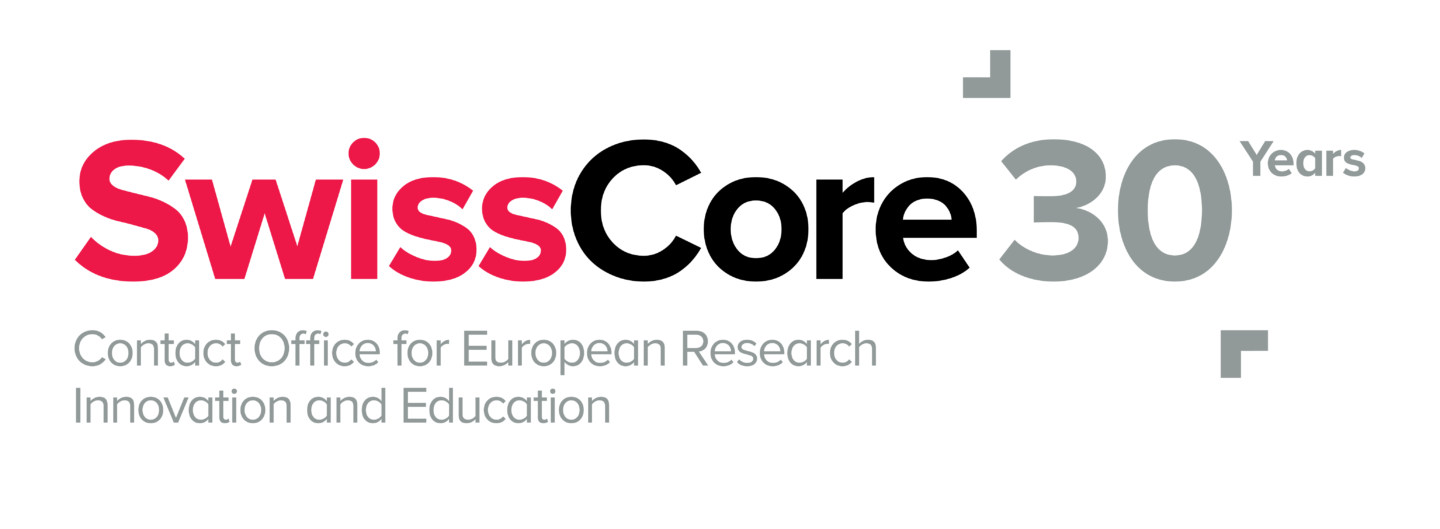The EC is presenting a renewed industrial strategy that includes lessons from the pandemic and offers possible solutions for the recovery.
On 5 May 2021, the European Commission (EC) adopted an updated industrial strategy. This new edition comes not much later than a year after the EC unveiled its industrial strategy package back in March 2020 (see SwissCore article). The strategy at the time focused on the new priorities of an EC that had just taken office a few months before in late 2019. However, the original industrial strategy was also published just the day before the World Health Organisation declared COVID-19 a pandemic. As the world is no longer the same in spring 2021 as it was in early 2020, the EC has since reflected on lessons learned, some of which – like the objective of ‘strategic autonomy’ – were already part of the political discourse back in early 2020. In the meantime, the experience of the pandemic and the related economic crisis have only further deepened the sense of a high degree of dependency on imported technology or products.
In its updated industrial strategy, the EC states that “some disruptions caught Europe by surprise”, exposing the “need for a better grasp of where its strategic dependencies lie”. The strategy also makes clear that strategic dependencies “affect the EU’s core interests”, especially in the areas of health, security, and technologies necessary for the green and digital transitions. The EC analysed – and now quantifies – the EU’s dependencies as follows: 6% of the EU’s total import value of goods or 137 out of 5200 examined imported goods are linked to sensitive industrial ecosystems for which the EU is highly dependent on these imports. These ecosystems are mainly in energy intensive industries (e.g. related to raw materials), health (e.g. active pharmaceutical ingredients) and products that are important for the green and digital transitions. For the 137 mentioned goods, 52% of the import value comes from China, 11% from Vietnam and 5% from Brazil, to mention just the top three countries. The EC pursues a dual strategy, seeking to reduce dependencies by diversifying international supply chains and at the same time seeking to increase its own industrial capabilities in strategic areas. In the context of the updated industrial strategy, the EC conducted also in-depth reviews in six crucial technology areas: Batteries, active pharmaceutical ingredients, hydrogen, raw materials, semiconductors, and cloud and edge technologies. This monitoring work will be continued through the EC’s Observatory of Critical Technologies.
The EC’s new industrial strategy’s rationale is to accelerate the recovery after the pandemic and create a stronger, more resilient economy. The focus on the digital transformation and the European Green Deal as well as the importance to support small and medium enterprises (SMEs) remains as in the 2020 edition. The EC hopes that this strategy together with targeted investments into the digital and green transitions will improve the EU’s global competitiveness. The efforts to strengthen a fair Single Market include also a proposal for a new regulation directed against foreign subsidies distorting the internal market. The EC highlights that research and innovation (R&I) lie at the heart of a stronger EU industry, linking the industrial strategy with the plans for the new European Research Area that foresees the creation of ‘Common Industrial Technology Roadmaps’, harnessing the new Horizon Europe programme to strengthen the EU’s industry (see SwissCore article). The EC plans to build industrial alliances to improve its own industrial capabilities in strategic areas and already announced the preparation of an ‘Alliance on Processors and Semiconductor Technologies’ as well as an ‘Alliance for Industrial Data, Edge and Cloud’. Moreover, the launch of Alliances on ‘Space Launchers’ and ‘Zero Emission Aviation’ is being considered. Another key tool to support Member States is the pooling of public resources via ‘Important Projects of Common European Interest’ (IPCEIs) in areas where the market alone cannot deliver breakthrough innovation, with possible support from the EU budget.
EARTO, the European Association of Research and Technology Organisations, generally welcomes the updated industrial Strategy, its focus on industrial ecosystems and the new monitoring of Europe’s strategic technological and industrial dependencies. EARTO stresses especially the need to monitor investments linked to technology capabilities and technology infrastructures. The association believes that the foreseen industrial alliances will be able to provide the platforms to organise an efficient coordination of R&I investments, if they effectively build on Horizon Europe’s upcoming public-private partnerships. To have a real impact on Europe’s technology capabilities, EARTO is convinced that both, the ERA industrial technology roadmaps and the national Recovery and Resilience Plans, will have to include clear targeted investments into technology infrastructures, for instance in the areas of hydrogen, microelectronics, cloud, and quantum. The updated industrial strategy was already discussed in the European Parliament (EP) on 10 May. Members of the EP criticised that the strategy does not clearly explain how for instance the necessary technologies will be created in time to reach the goal of reducing carbon emissions by 55% until 2030. Internal Market Commissioner Thierry Breton, who is in charge of the industrial strategy, was also asked to align the goals set in the updated industrial strategy with the plans for European Partnerships foreseen under Horizon Europe.

